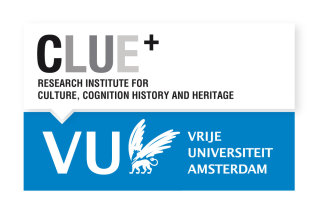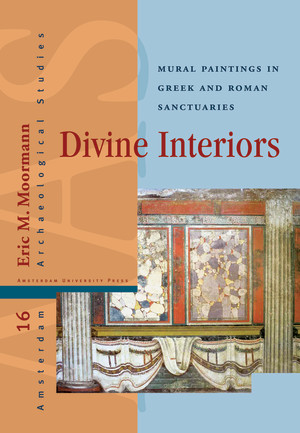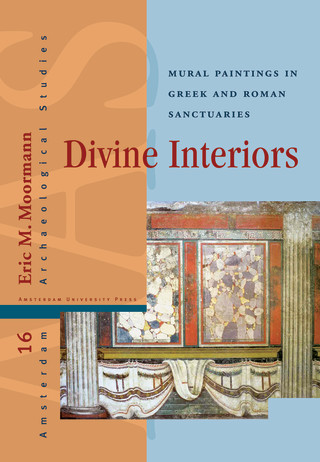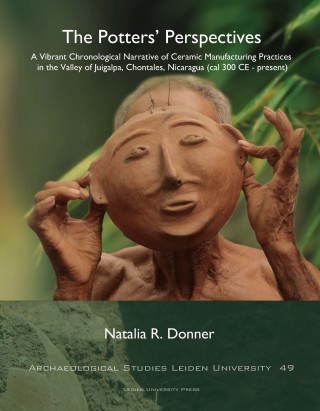

- Title
- Divine Interiors
- Subtitle
- Mural Paintings in Greek and Roman Sanctuaries
- Author
- Eric Moormann
- Price
- € 128,99
- ISBN
- 9789048513208
- Format
- eBook PDF (Adobe DRM)
- Number of pages
- 268
- Language
- English
- Publication date
- 29 - 12 - 2011
- Dimensions
- 21 x 29.7 cm
- Partner

- Category
- Antiquity
- Discipline
- History, Art History, and Archaeology
- Also available as
- Hardback - € 129,00
Divine Interiors - 2
contents - 6
preface - 8
Introduction - 10
1 Paintings Described in Ancient Texts - 16
2 Paintings Found in Public Temples of the Greek world - 52
3 Paintings Found in Public Temples in Roman Italy - 56
4 Paintings in Provincial Roman Temples Across the Alps - 96
5 The Eastern Half of the Empire and North Africa - 120
6 Painted Shrines Dedicated to the Roman Emperor - 128
7 Roman Shrines Housing Non-Roman Cults - 158
8 Dura Europos: A Case Study - 198
9 Final Remarks - 212
Bibliography - 216
Index of Textual Sources - 236
Index of Names, Places and Subjects - 238
Colour plates - 246
Reviews and Features
"Divine Interiors is a unique and much-needed book that fills a conspicuous gap in the scholarship on ancient Greek and Roman wall painting. Moormann has succeeded in forging a sound methodology for investigating this subject by investigating both ancient attitudes toward temple painting as found in preserved texts and through careful analysis of preserved remains of paintings in temples throughout the Roman world.
Moormann has organized this disparate material logically, by dividing the temples according to cult. First come the public temples, first in Greece and Roman Italy, then in the western and eastern provinces. Next are the shrines dedicated to the Emperor cult, followed by the shrines housing non-Roman deities such as Isis, Mithras, and Sabazios. Dura-Europos merits a separate chapter, given the unusual preservation of temples representing the cults of Bel, Zeus Theos, Judaism, Gadde, and Christianity.
Throughout Moormann’s scholarship is extremely thorough and accurate; he has left no stone unturned in his investigation. The result is an eminently useful account of this neglected subject. Readers will appreciate the thoroughness of Moormann’s account and will find it a solid foundation for further study of the paintings found in Greek and Roman temples."
--John R. Clarke is Regents Professor of Art History at the University of Texas at Austin. He is the author of seven books on the art and culture of ancient Rome, with emphasis on the ways that visual culture indexes the practices of everyday life.|"Apollon, Isis, Mithra : how could the devotee identify the temple he entered ? Are there similarities between public sanctuaries, private oratories, scholae and temples for imperial cult? This highly sophisticated study is based on literary sources, but mostly on wall-paintings from Elst, Pompeii, Ostia, Luxor, Dura-Europos, and many other sites in the roman world."
Hélène Eristov, researcher at the CNRS (Paris), expert in ancient wall-painting, works in Italy, Gaul, Middle East.
Eric Moormann
Divine Interiors
Mural Paintings in Greek and Roman Sanctuaries
Divine Interiors is an investigation into the decoration of Greek and Roman temples with wall paintings. Mighty marble facades, sculptures and paintings played an important role in relation to these monuments. While the official temples, which were connected to the city or state, usually had a simple but solemn appearance, the more popular buildings were true multi-color expressions of religiosity. Scenes from the life of the revered deity, supporters and practitioners of the cult, or of plants and animals could carry visitors of the shrines away to different worlds. It is also striking to find in the vast Greco-Roman world that there are many similarities between often widely separated temples. The wall paintings were characterized by stylistic and taste changes, but they had the same look everywhere. Besides using archeological remains, this book also uses the texts of antiquity, whose descriptions of the monuments provide additional information.
Amsterdam Archaeological Studies is a series devoted to the study of past human societies from the prehistory up into modern times, primarily based on the study of archaeological remains. The series will include excavation reports of modern fieldwork; studies of categories of material culture; and synthesising studies with broader images of past societies, thereby contributing to the theoretical and methodological debates in archaeology.
Amsterdam Archaeological Studies is a series devoted to the study of past human societies from the prehistory up into modern times, primarily based on the study of archaeological remains. The series will include excavation reports of modern fieldwork; studies of categories of material culture; and synthesising studies with broader images of past societies, thereby contributing to the theoretical and methodological debates in archaeology.
Author
Eric Moormann
Eric M. Moormann is professor of classical archaeology at Radboud University Nijmegen.




